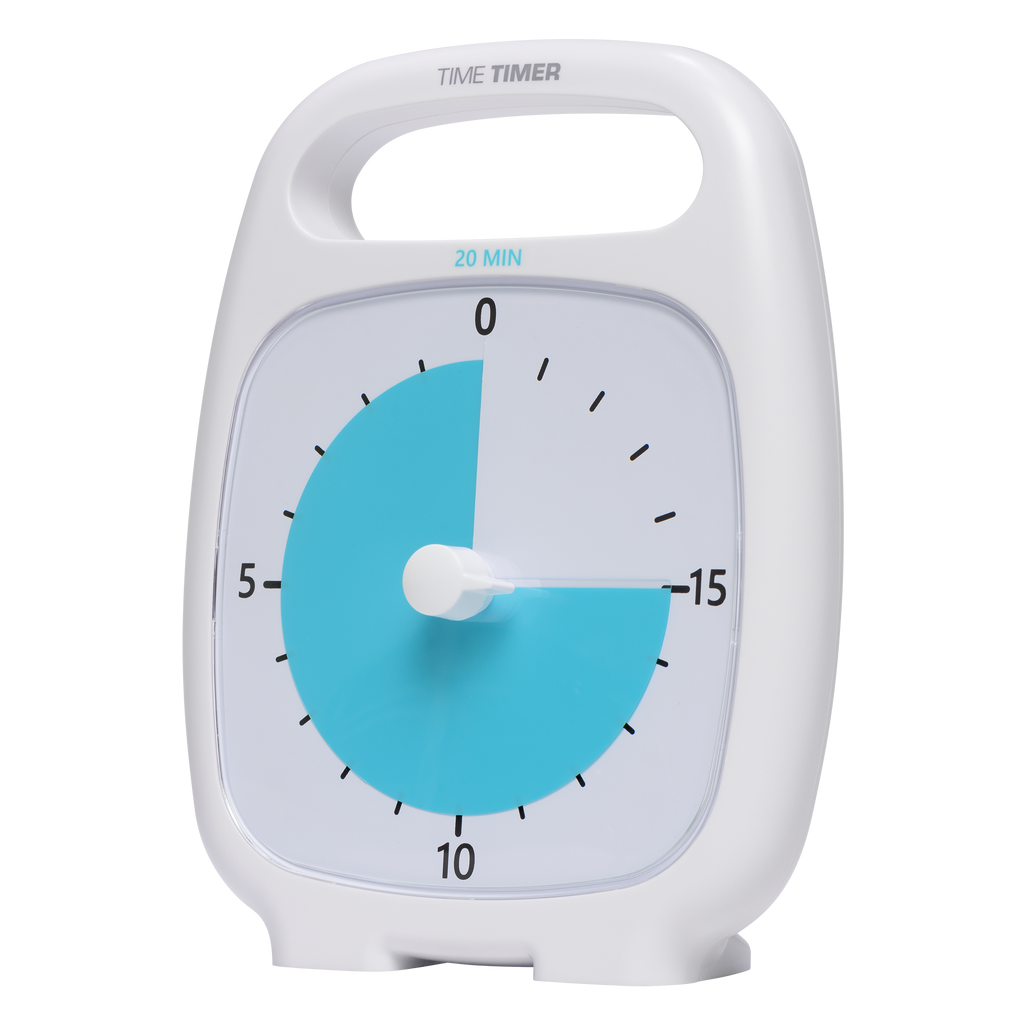
Each leap second uses the timestamp of a second that immediately precedes or follows it. In Unix time, every day contains exactly 86 400 seconds. International Atomic Time (TAI), in which every day is precisely 86 400 seconds long, ignores solar time and gradually loses synchronization with the Earth's rotation at a rate of roughly one second per year. UTC includes leap seconds that adjust for the discrepancy between precise time, as measured by atomic clocks, and solar time, relating to the position of the earth in relation to the sun. Unix time differs from both Coordinated Universal Time (UTC) and International Atomic Time (TAI) in its handling of leap seconds. This can be misleading since Unix time is not the only time system based on an epoch and the Unix epoch is not the only epoch used by other time systems. Unix time is sometimes referred to as Epoch time. Every day in Unix time consists of exactly 86 400 seconds. For example, 00:00:00 UTC on 1 January 1969 is represented in Unix time as −31 536 000. Negative values indicate times before the Unix epoch, with the value decreasing by 1 for every non-leap second before the epoch.

For example, 00:00:00 UTC on 1 January 1971 is represented in Unix time as 31 536 000. The Unix time 0 is exactly midnight UTC on 1 January 1970, with Unix time incrementing by 1 for every non-leap second after this. Unix time is typically encoded as a signed integer. Unix time is currently defined as the number of seconds which have passed since 00:00:00 UTC on Thursday, 1 January 1970, which is referred to as the Unix epoch. It has come to be widely used in other computer operating systems, file systems, programming languages, and databases. Unix time originated as the system time of Unix operating systems. In modern computing, values are sometimes stored with higher granularity, such as microseconds or nanoseconds. It measures time by the number of seconds that have elapsed since 00:00:00 UTC on 1 January 1970, the Unix epoch, without adjustments made due to leap seconds. Unix time is a date and time representation widely used in computing. It was celebrated in Copenhagen, Denmark at a party held by the Danish UNIX User Group at 03:46:40 local time. Note: Please follow the steps in our documentation to enable e-mail notifications if you want to receive the related email notification for this thread.Unix time passed 1 000 000 000 seconds on. If the Answer is helpful, please click "Accept Answer" and upvote it. Refer to the Active session limit and Idle session limit sections in the following Microsoft Technet article for more information: The user must provide input other than the keystroke for "OK" that closes the warning message. To reset the idle timer and keep the session active, you must provide user input other than the keystroke that closes the warning message." However, this action does not reset the idle timer.


Pressing a key closes the warning message that you receive two minutes before you are disconnected. If an active session has not received user input for the time that is specified in the policy setting, the session disconnects. "This behavior occurs if a policy setting enforces a time limit for idle Remote Desktop sessions. The Problem Cause in microsoft official document says: Thank you for posting in Q&A! In regards to your issue,


 0 kommentar(er)
0 kommentar(er)
